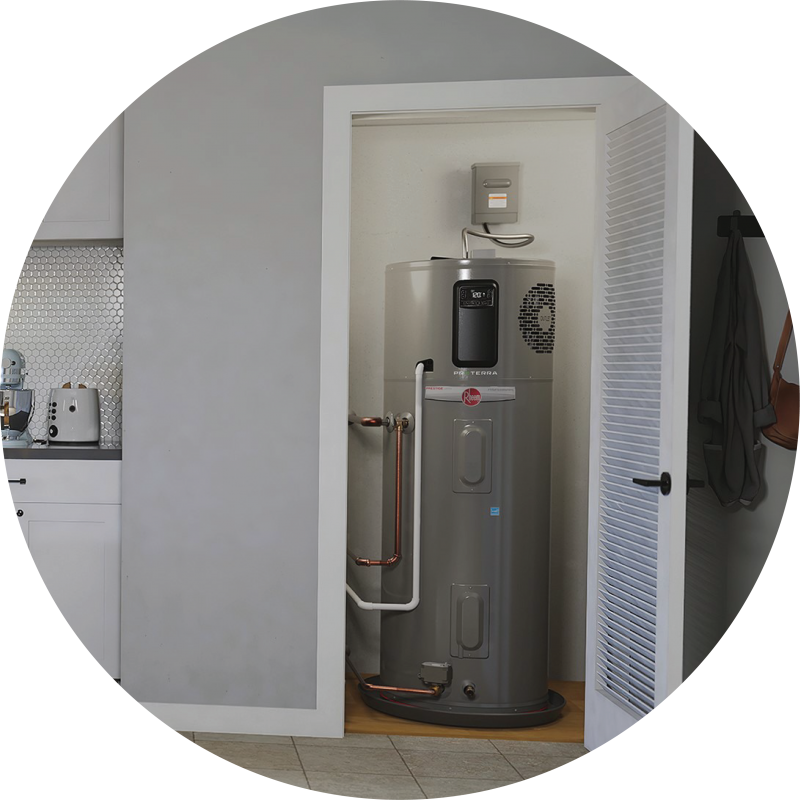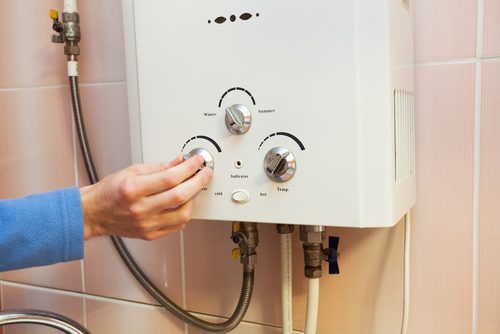Ways to Prolong the Lifespan of Your Home's Hot Water System By MaintenanceMaking Sure Durability of Your Home's Hot Water System: Maintenance Tips
Ways to Prolong the Lifespan of Your Home's Hot Water System By MaintenanceMaking Sure Durability of Your Home's Hot Water System: Maintenance Tips
Blog Article
This post which follows involving How to Maintain a Hot Water Heater in a Few Simple Steps is exceptionally stimulating. Don't bypass it.

Warm water is crucial for day-to-day convenience, whether it's for a revitalizing shower or cleaning recipes. To guarantee your warm water system runs effectively and lasts much longer, routine maintenance is essential. This short article offers practical tips and insights on just how to preserve your home's hot water system to prevent interruptions and costly repairs.
Intro
Preserving your home's hot water system might seem daunting, however with a few easy steps, you can guarantee it operates smoothly for years ahead. This overview covers every little thing from recognizing your warm water system to DIY maintenance pointers and understanding when to contact professional help.
Relevance of Preserving Your Warm Water System
Normal maintenance not only expands the life expectancy of your hot water system yet also guarantees it runs efficiently. Neglecting upkeep can result in decreased performance, higher power expenses, and even early failure of the system.
Indicators Your Hot Water System Needs Maintenance
Recognizing when your hot water system needs interest can avoid significant problems. Look out for indicators such as inconsistent water temperature level, unusual sounds from the heater, or corroded water.
Comprehending Your Warm Water System
Before diving right into maintenance jobs, it's useful to recognize the basic elements of your hot water system. Normally, this includes the hot water heater itself, pipes, anode poles, and temperature controls.
Regular Monthly Upkeep Tasks
Regular month-to-month checks can help capture small issues prior to they escalate.
Flushing the Hot Water Heater
Purging your water heater gets rid of sediment accumulation, improving efficiency and extending its life.
Monitoring and Replacing Anode Rods
Anode poles prevent rust inside the tank. Inspecting and replacing them when broken is essential.
Examining and Changing Temperature Level Settings
Changing the temperature level settings makes sure ideal efficiency and safety and security.
DIY Tips for Upkeep
You can perform a number of upkeep jobs on your own to keep your hot water system in leading problem.
Checking for Leaks
Consistently evaluate pipes and connections for leakages, as these can bring about water damage and higher expenses.
Examining Stress Relief Valves
Evaluating the pressure relief valve guarantees it operates correctly and avoids excessive pressure accumulation.
Shielding Pipelines
Shielding warm water pipes decreases warm loss and can conserve power.
When to Call an Expert
While do it yourself upkeep is valuable, some issues require expert competence.
Complicated Problems Calling For Specialist Aid
Instances consist of significant leakages, electric troubles, or if your water heater is consistently underperforming.
Regular Specialist Upkeep Conveniences
Specialist upkeep can consist of thorough inspections, tune-ups, and ensuring conformity with safety and security criteria.
Verdict
Normal upkeep of your home's warm water system is crucial for performance, long life, and price savings. By following these tips and knowing when to look for specialist aid, you can guarantee a reputable supply of hot water without unexpected disruptions.
Water Heater Maintenance: The Basics
Maintaining your water heater will ensure it operates efficiently and has a longer lifespan. Neglecting regular maintenance can lead to costly repairs and an even bigger chunk of your savings if you have to replace it sooner than necessary. But there’s good news: Most water heater maintenance tasks are relatively simple and easy for homeowners with basic DIY skills.
Flush the Water Heater
Over time, sediment and minerals can build up in the tank, reducing its efficiency and potentially causing damage. To flush the tank, turn off the power or gas supply, attach a hose to the drain valve near the bottom and open the valve to drain the water until it runs clear. Ideally, flush the tank annually.
Replace the Anode Rod
The anode rod is a sacrificial metal rod that helps prevent corrosion inside the tank. Inspect and replace it every three to five years or per the manufacturer's recommendation. To replace the anode rod, turn off the power or gas supply, drain a few gallons of water from the tank, unscrew the old rod and replace it with a new one. If the anode rod is significantly corroded or covered in calcium buildup, it's a sign the water heater may need to be replaced soon.
Tune-Up
A yearly tune-up can help identify potential issues and ensure your water heater operates at peak efficiency. This typically involves checking the thermostat, burner assembly (for gas heaters) and any other components specified by the manufacturer. During a tune-up, the technician may also clean the burner and adjust the pilot light (for gas heaters) or examine the heating elements (for electric heaters).
How to Maintain Your Water Heater
Insulate the tank. Insulating the tank can improve energy efficiency and reduce heat loss, saving you money on energy bills. You can purchase precut insulation blankets designed specifically for water heaters or use standard fiberglass insulation wrapped securely around the tank. Check the temperature. The recommended water temperature for most households is around 120 degrees Fahrenheit (49 degrees Celsius). Higher temperatures can increase energy costs and potentially cause scalding. Use a kitchen thermometer to check the temperature at the faucet nearest the water heater. Monitor water pressure. Excessive water pressure can strain the water heater and cause leaks or even tank failure. Install a pressure-reducing valve if necessary. The ideal water pressure range is between 60 and 70 PSI (pounds per square inch). Test the temperature and pressure (T&P) relief valve. The T&P relief valve is a safety feature that releases pressure if the tank gets too hot or the pressure builds up too high. Test it annually by lifting the lever and allowing a small amount of water to release. Replace the valve if it doesn't release water or reseal properly. Check for leaks. Regularly inspect the tank, pipes and fittings for leaks or corrosion. Deal with issues promptly to prevent further damage. Even a small leak can lead to significant water damage over time. Consider a tankless water heater. If your traditional tank-style water heater is nearing the end of its lifespan ( typically 10 years), consider replacing it with a tankless water heater. These units heat water on demand, reducing standby energy losses and potentially saving you money on your energy bills. Schedule professional maintenance. While homeowners can perform many water heater maintenance tasks, it's still a good idea to schedule professional maintenance every few years. A plumber or HVAC technician can thoroughly inspect the unit, identify potential issues and ensure it operates safely and efficiently. https://www.homeserve.com/en-us/blog/home-improvement/hot-water-heater-maintanence/

I came across that blog posting about How to Maintain a Hot Water Heater in a Few Simple Steps while scouting around the web. Do you know about someone else who is excited by the topic? Feel free to share it. Thanks a lot for your time. Please come visit our blog back soon.
Call Today Report this page